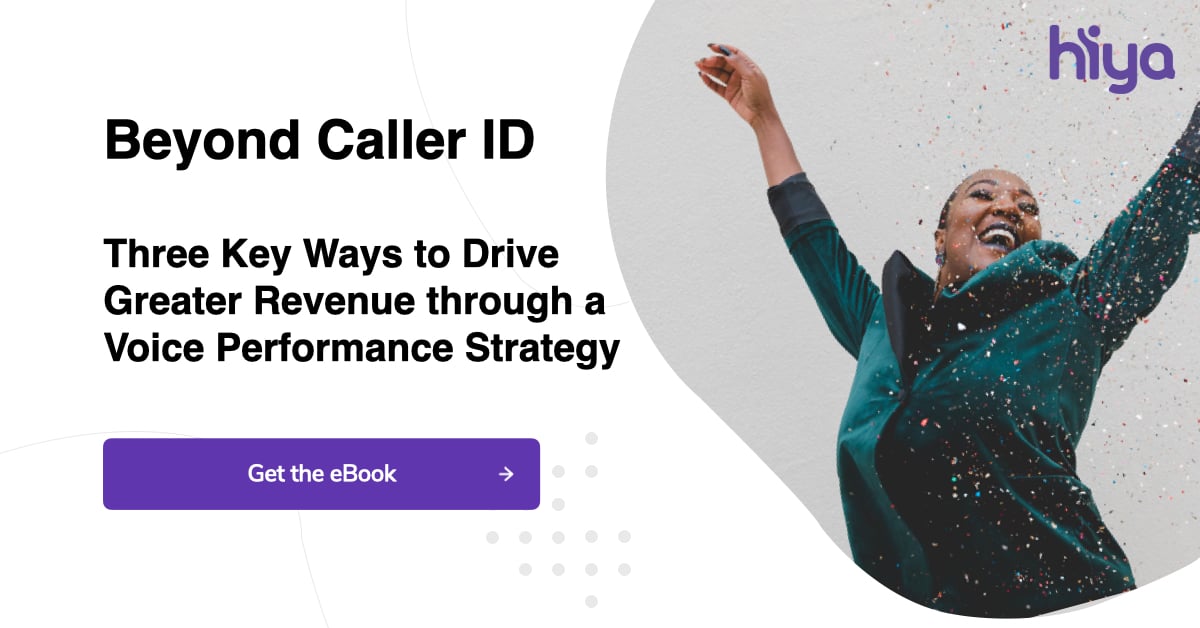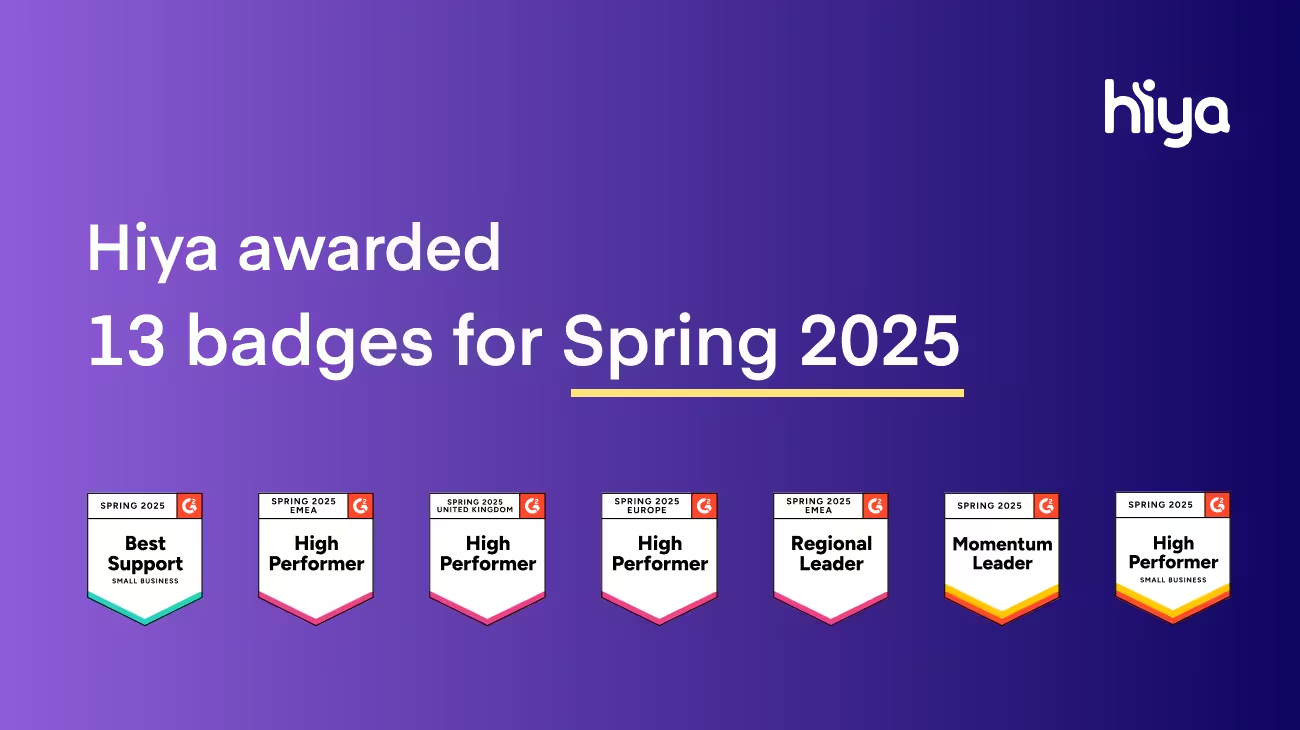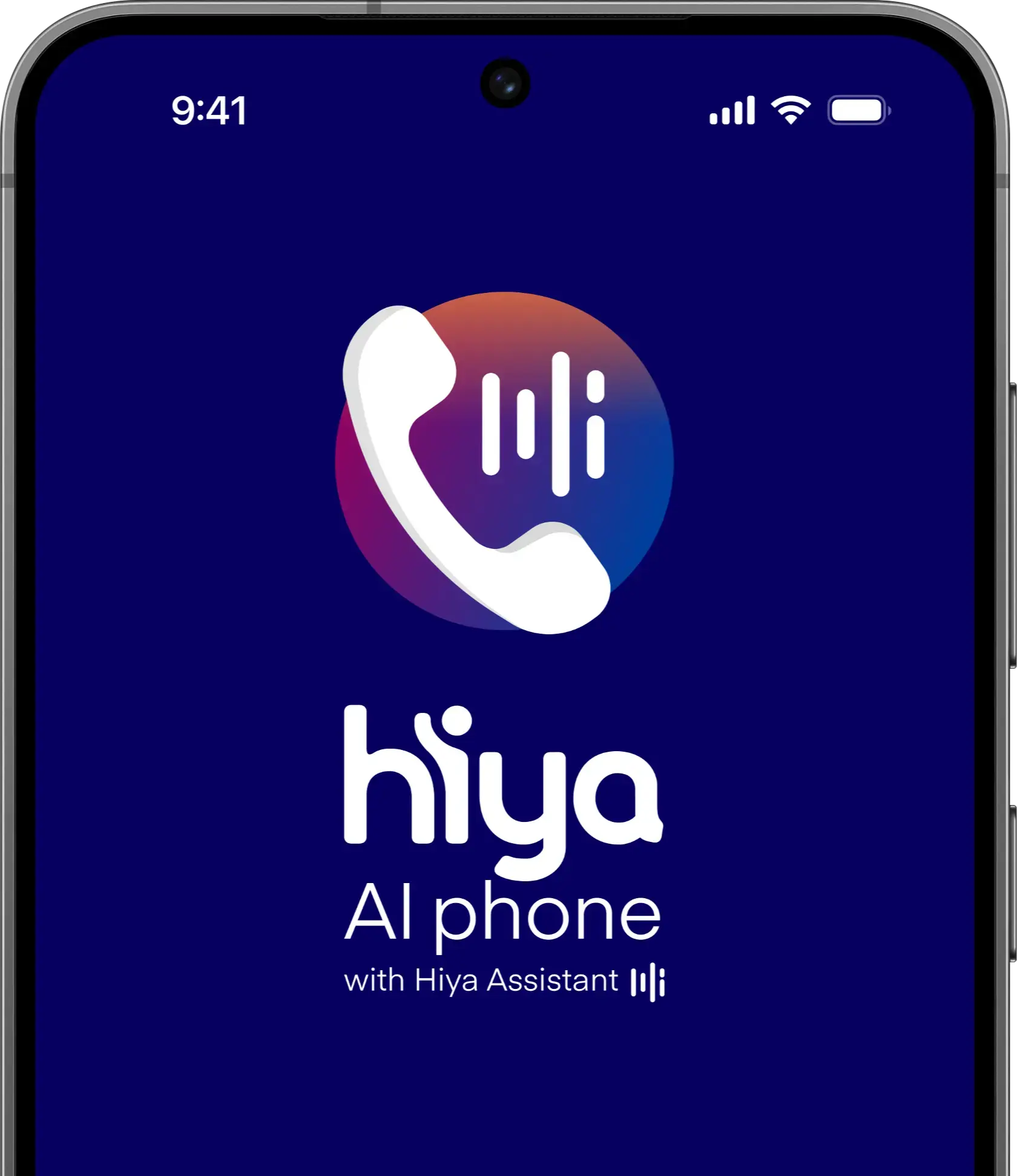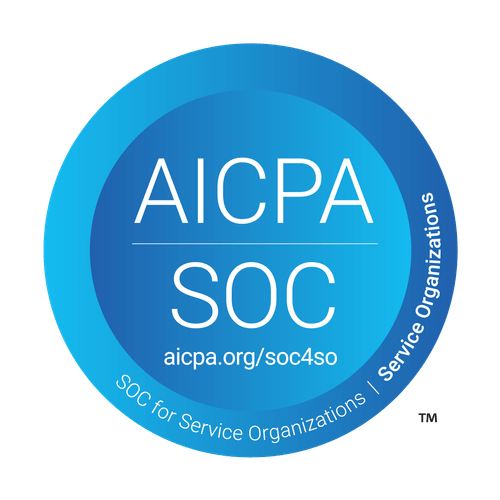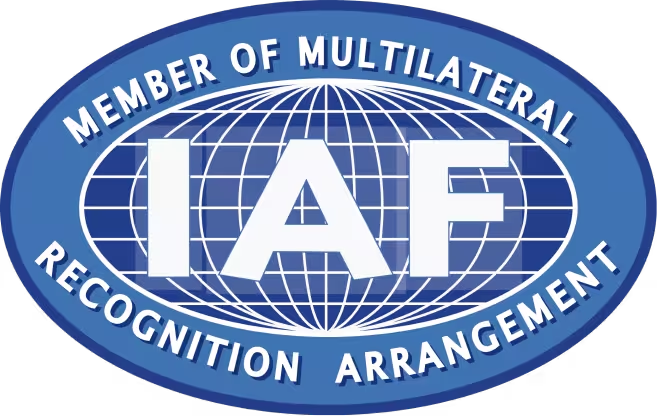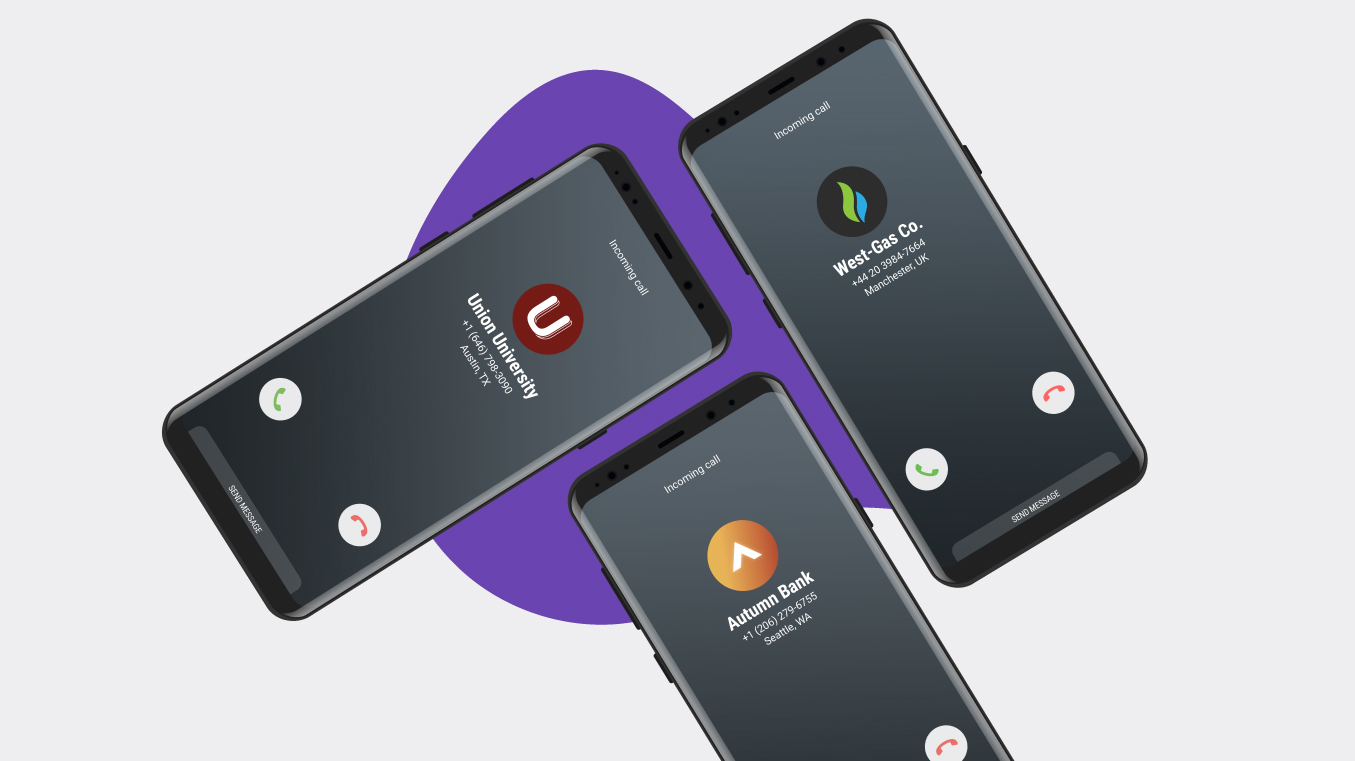
Gone are the days when outbound call centers would try to catch call recipients unaware. Today, federal regulations stipulate that call centers must transmit accurate caller ID information, allowing customers and prospects to opt-out knowingly before the conversation begins.
At the same time, those centers that fail to provide ID info risk severely cutting into their contact rates; a 2020 survey by Pew Research found that only 19% of Americans will answer calls from unknown numbers.
Simply put, when call centers are transparent, everybody wins.
To help maintain compliance and provide correct identification, many outbound call centers turn to CNAM. But what is CNAM? How does it work? And are there better alternatives?
What is CNAM?
CNAM stands for “Caller Name,” a service used within telephone networks. It is designed to provide the name of the party originating the telephone call. CNAM caller ID is limited to 15 characters and can represent either a person or an entire organization (such as the name of a business).
Supported only within the United States and portions of Canada, CNAM is an outside telecom service that, unlike telephone numbers, is not maintained through a single standardized database. Instead, a carrier has many different CNAMs and CNAM databases from which to choose. While CNAM complements caller ID, it is technically different. Caller ID displays the caller's phone number; CNAM adds context by allowing businesses to share their names and numbers.
But it’s worth noting that CNAM is not an automatic service—call centers and other businesses must subscribe to CNAM through their phone carrier.
How does CNAM work?
CNAM, or Caller ID Name, is a service that allows users to associate a specific name with their phone number when making outgoing calls. This feature is particularly valuable for businesses and individuals seeking to enhance their professional image or personalize their communications. By registering their preferred name in the CNAM database, users can ensure that recipients see the designated name displayed alongside their phone number on caller ID screens.
The process behind CNAM involves storing user-provided information in a central database. When a call is initiated, the recipient's phone system queries this database to retrieve the associated name for the incoming phone number. If a match is found, the designated name and the caller's number are transmitted, providing recipients with valuable context about the incoming call.
This functionality improves caller identification, and fosters trust and recognition between parties engaging in telecommunications interactions.
CNAM pros and cons
The advantages of CNAM for outbound call centers are fairly obvious: By providing call recipients with details about the caller, they can make a more informed decision about whether they wish to answer. Identification leads to fewer ignored calls and better conversations with customers. After all, a customer who willingly engages in dialogue with a known call center agent is likelier to perceive a brand well. CNAM may mean increased customer experience for those call centers that put it to effective use.
But what about the disadvantages?
One major disadvantage of CNAM is the lack of uniformity. As previously mentioned, CNAM consists of many different ID databases. No specific regulation ensures that all carriers across all networks pull from the same database.
That means that many carriers may have incorrect or outdated CNAM information. For call centers, this can mean the wrong name showing up on caller IDs when they make outbound calls or no name showing up. In addition, CNAM is only available in parts of North America, and businesses with a more international customer base may find themselves left with few options.
Another disadvantage is the lack of visual branding permitted within the CNAM system. CNAM only allows standard printable ASCII characters (letters, numbers, and other common characters). For businesses and organizations that are recognized by their logo or depend heavily on visual branding, a dozen or so ASCII characters, and a phone number simply are not enough.
Hiya provides the solution.
Hiya for outbound call centers
CNAM is a valuable tool for promoting caller transparency and improving answer rates, but often, it’s just not enough. Hiya picks up where CNAM leaves off by providing a full-service voice performance platform that call centers can use to monitor and manage reputation health, include more information and standard caller ID, and secure and protect their company identity.
Hiya provides essential analytical data, allowing organizations to accurately monitor how often their outbound calls are blocked or reported as spam, tracking their reputation health over time. If your outbound calls are being labeled as spam, Hiya can help address this here: https://hiyahelp.zendesk.com/hc/en-us.
In terms of brand representation, Hiya goes beyond ASCII and allows businesses to display their company name, location, logo, and even a short description of the purpose of the call. Call recipients enjoy knowing exactly who’s calling and why, going into the conversation fully prepared to do business.
In addition to these advantages, there are increased call security tools. Fraud filters help authenticate calls, preventing imposters from spoofing call-center numbers and terminating unverified calls before they can be completed.
Finally, Hiya has an extensive worldwide reach. With over 150 million customers in 40 different countries, call centers can extend their reach well beyond the confines of the US and Canada.
What does CNAM look like compared to Hiya Branded Call?
Below, you’ll see what CNAM caller name looks like compared to Hiya Branded Call. CNAM typically displays the name associated with a phone number, providing basic caller identification. In contrast, Hiya branded calls show the caller's name and offer additional features such as the caller’s logo, location, and reason for calling, resulting in increased customer trust and answer rates.
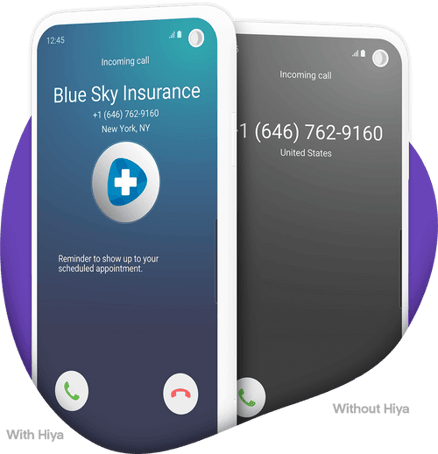
Hiya: Caller ID optimization
Call centers need to find interested customers who are willing to join the conversation to be effective. Hiya Connect goes beyond CNAM; it gives call centers an unrivaled range to connect with leads across the globe and provides the essential information that those leads need to evaluate critical incoming calls effectively.
Want to learn more? Download the Beyond Caller ID eBook to see how you can level up your voice strategy with Hiya.
